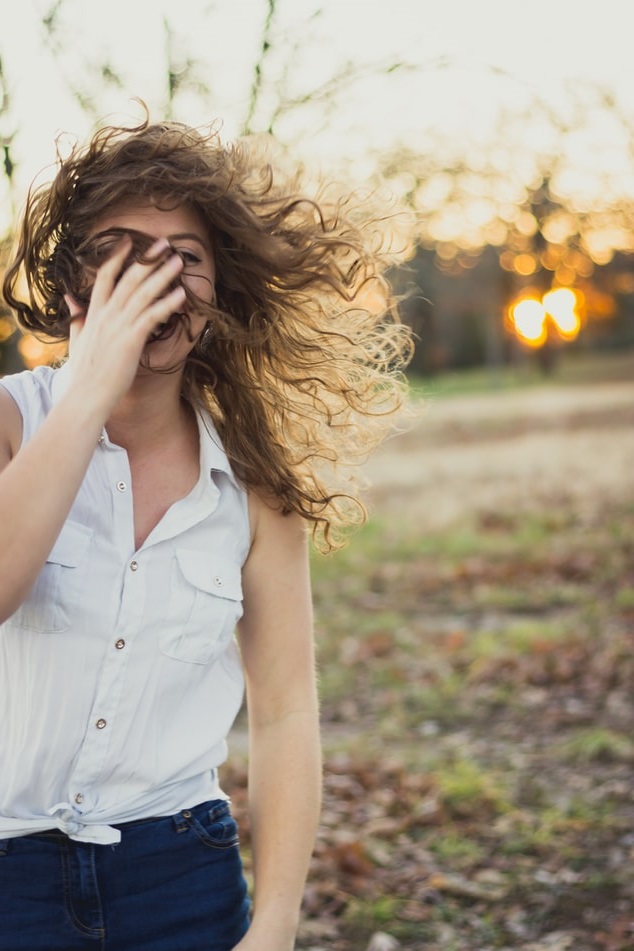
From washing to styling
Now you’re ready, you’ve done the “final wash”, what now? You’re now going to learn how to wash and style your hair using the Curly Girl Method in five steps. Remember that your hair is most likely 99 percent damaged, e.g. from hair coloring, heat damage, brushing, etc. The Curly Girl Method is a process […]Written by: Sonja, UK Marketing - 18th Juni 2024
Now you’re ready, you’ve done the “final wash”, what now? You’re now going to learn how to wash and style your hair using the Curly Girl Method in five steps.
Remember that your hair is most likely 99 percent damaged, e.g. from hair coloring, heat damage, brushing, etc. The Curly Girl Method is a process that is good for some fast results and for others slow results. Your hair is constantly evolving depending on how damaged it is, so it’s impossible to say when you’ll see your hair’s full potential. I’ve been doing the method for two years and I still see it constantly changing. However, after a year, your hair will show you what it’s capable of.
Remember that this method will not give you waves or curls in your hair if you don’t have them naturally!
Before you start, make sure all your products are free of silicone, wax, sulfate and alcohol.
Step 1: Cleansing
Instead of washing your hair with regular shampoo, wash with one that is sulfate and silicone free. You shouldn’t start this method without doing the last wash.
Well, when you wash your hair in the bathtub, you’re not actually washing your hair, but your scalp. It’s not your hair that’s dirty, it’s your scalp, because that’s where the dirt settles. It’s important to wash it off by massaging the product into the scalp with your fingertips or a shampoo brush. In addition to cleaning, you’re stimulating blood circulation, which helps hair grow. On the other hand, washing your hair itself helps prevent dryness, and with curly hair, moisture is key.
Wash your scalp as needed, if necessary. 1-2 times a week. If you have to wash your hair more often, only wash it with conditioner so you don’t strip the hair of its natural oils and moisture.
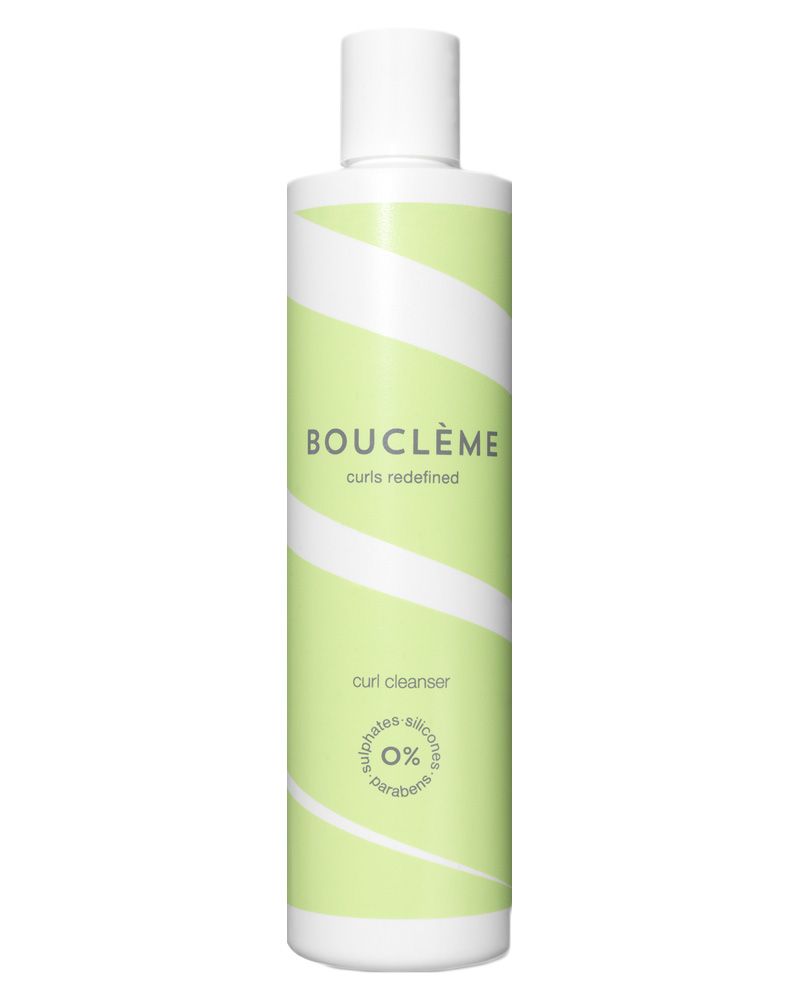
BOUCLEME Curl Cleanser
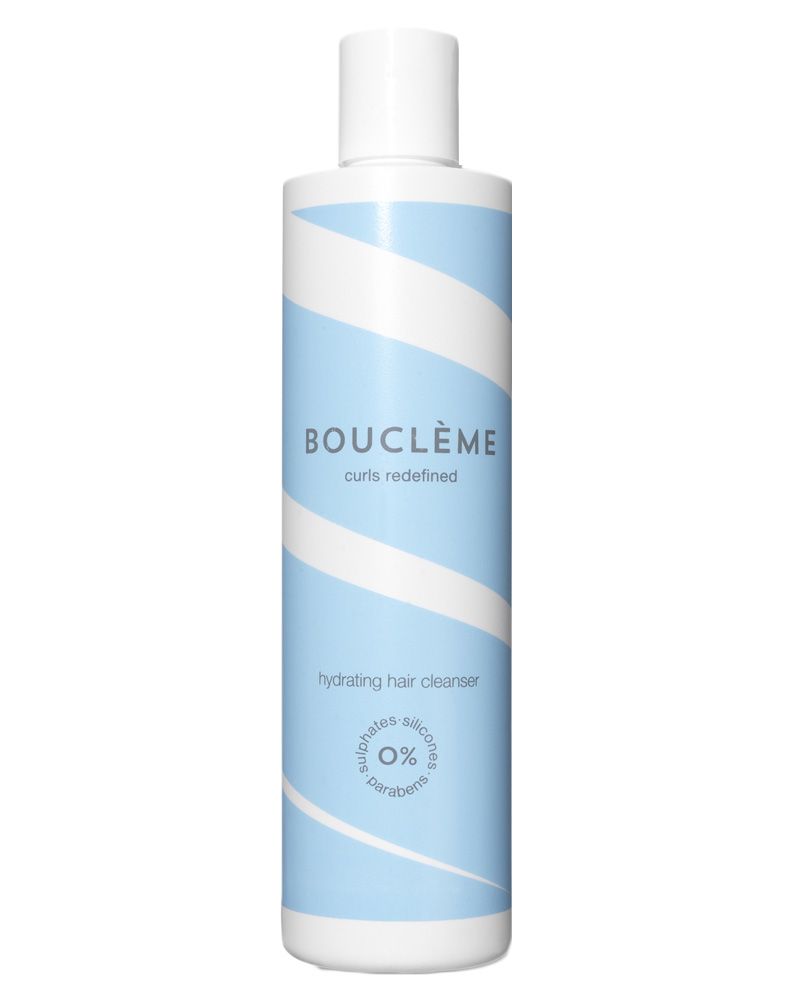
BOUCLEME Hydrating Hair Cleanser
Step 2: Conditioning
Conditioning will quickly become your best friend, along with styling products!
After cleansing, it’s time to detangle your hair, which you do with a conditioner. Take a good portion and put it in your hair. Avoid putting it too close to the scalp or you’ll lose volume, which is something we don’t want. It’s a process to do it right. Use your fingers and start at the ends of your hair. Work your way up through the hair. With curly hair, natural hair loss cannot slip out of the hair like it does with straight hair. In addition, you must remember not to wash your hair more than 1-2 times a week.
If you’re using the Curly Girl method, you should only use your fingers to comb through your hair! Here I’ll admit that I use a wide-toothed comb to straighten my hair after straightening it with my fingers. I make this exception myself because I only wash my hair once a week, so I only get the lovely feeling of freshly combed hair in the shower. I think everyone knows how nice it is to have freshly combed hair. It’s just the best feeling, and I don’t compromise on that. If you want to do it just like me, remember that you must only do it when the hair is wet and detangled.
Don’t be intimidated by how much conditioner you need – it’s a lot!
Step 3: “Listen to your hair”
Jetzt ist es an der Zeit, auf Ihr Haar zu hören. Du denkst vielleicht, ich bin verrückt geworden. Was ich damit meine, Ihrem Haar zuzuhören, ist, sich nicht mit ihm zu unterhalten – das wäre verrückt. Nein, Sie müssen fühlen, was Ihr Haar braucht. Ist es Feuchtigkeit, Protein oder ist es im Gleichgewicht? Lockiges Haar ist von Natur aus trockener und benötigt daher Feuchtigkeit. Sie können sich normalerweise nach einer Haarwäsche fühlen, wenn sich Ihr Haar trocken oder heuartig anfühlt, dann braucht es Feuchtigkeit. Wenn es sich hingegen zu weich anfühlt und nie richtig trocken wird, hat es zu viel Feuchtigkeit bekommen. Dann gibt es nur noch eins zu tun, nämlich Proteine zu geben. Es ist immer ein empfindliches Gleichgewicht, mit dem man lernen muss, umzugehen. Eine gute Idee ist es, dem Haar einmal pro Woche eine Tiefenpflege (Feuchtigkeitsmaske) zu geben, die Sie als Verlängerung der Wäsche durchführen können. Bei Protein hingegen ist es schwierig, Ratschläge zu geben, da es sehr unterschiedlich ist, Sie müssen auf Ihr Haar hören.
Step 4: Styling
Now you’ve finally gotten to styling, and this is where it can get tricky. There are so many different ways you can style your hair. I’ll happily admit that after 2 years I still haven’t figured out the best way to style my hair. It might sound strange, but the styling method has a huge impact on what the final result will look like.
Some prefer to style their hair when it’s wet, others when it’s dry. A good idea is to stick to the styling product’s recommendations.
I can’t give you the right or best styling recipe, as there are a variety of methods. But I would recommend that you always start your styling with a leave-in to keep moisture in the hair. Finish with a gel to avoid frizz as the hair dries.
When I style, I start with a leave-in, then I apply a curling cream. After that, I style freely, either applying a mousse and gel, or I settle for the jelly. When I’m done, I scrunch my hair as it helps to refresh the curl pattern.
At the end, I take my microfiber scarf or an old cotton t-shirt and “hug” it again. You don’t have to worry if products get on the t-shirt or in the microfiber scarf, because it’s the excess that your hair doesn’t need.
Never use a regular towel as it is too harsh on the hair and can cause frizz or the hair to wear out.
Remember, if you have fine hair with a loose curl pattern, it is a good idea to use lightweight products as they do not weigh down the hair. All the products in this presentation are lightweight products.
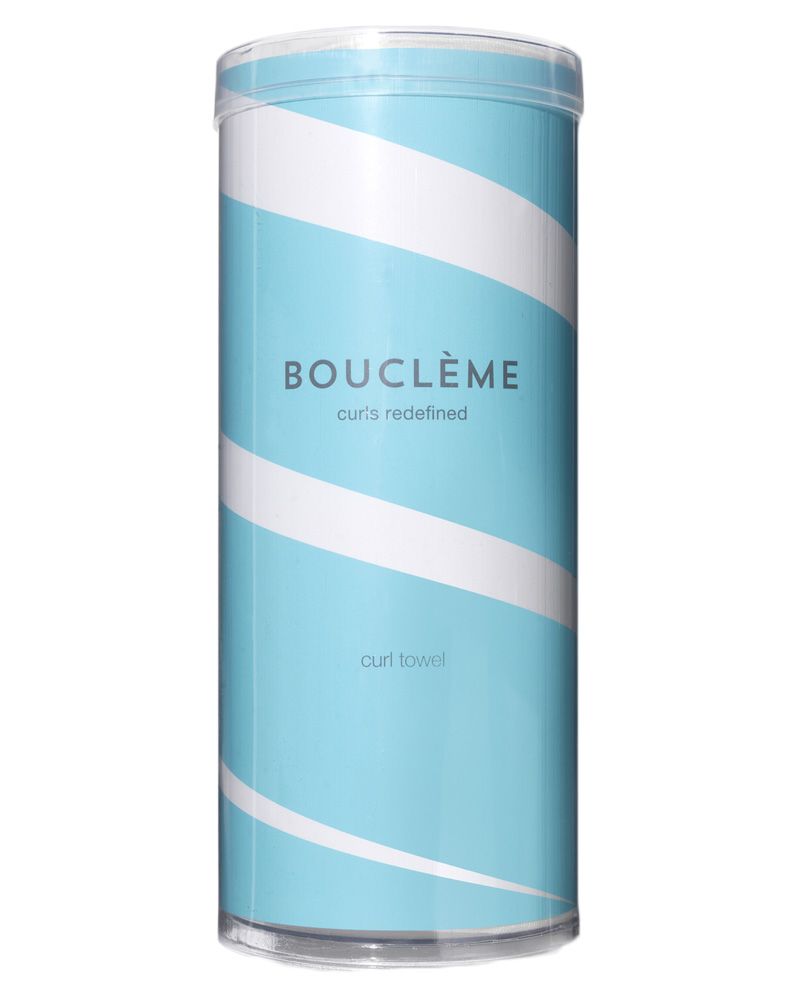
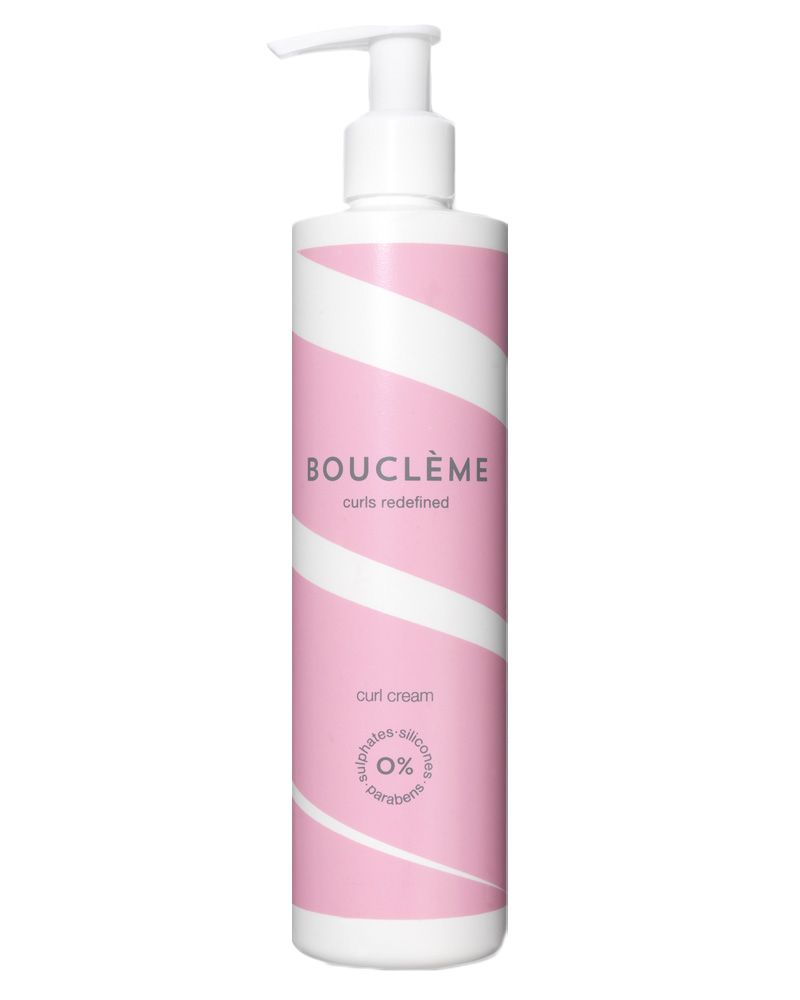
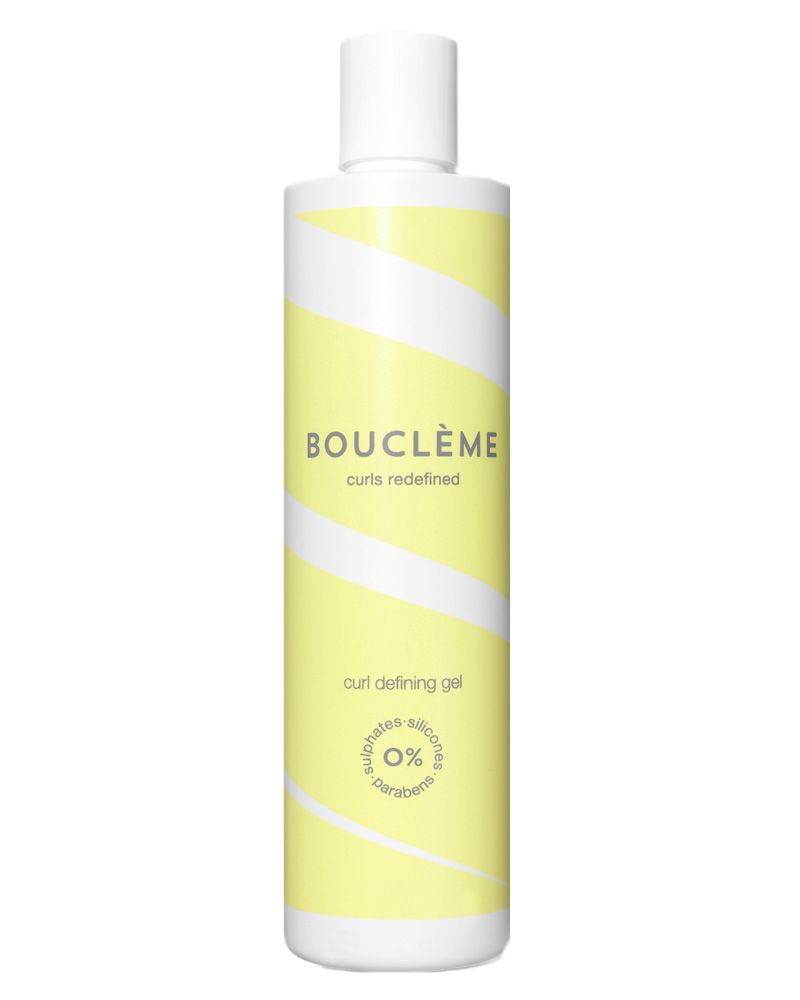
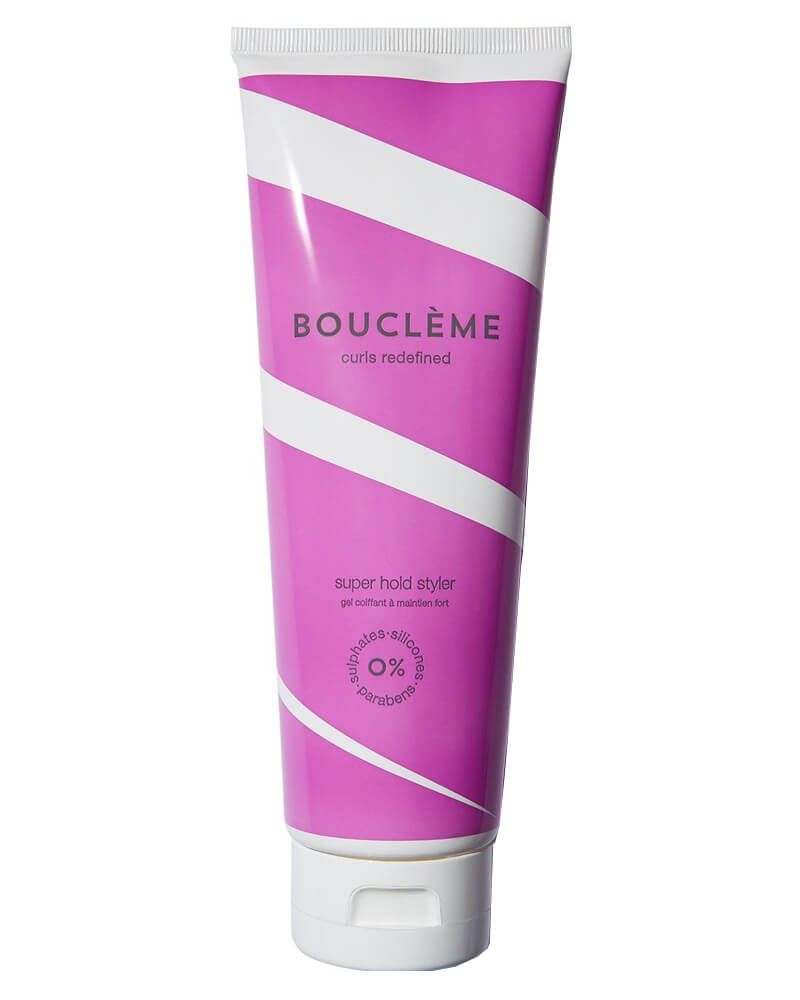
Step 5: Air dry or blow dry with a diffuser
That’s it, last step – Yeah!
Then it’s time for the big question, should you air dry or blow dry your hair. I never air dry, I don’t have the patience or time for that and I don’t want to walk around with wet hair. So I blow dry it, but always on the lowest heat and speed so I don’t cause heat damage to the hair.
When the hair is dry, you can feel what is called a gel cast. This is the gel that you used to finish your styling. When the hair is 100% dry, scrunch it up to get soft curls with plenty of hold. Then just shake the hair out at the roots and you’re done.
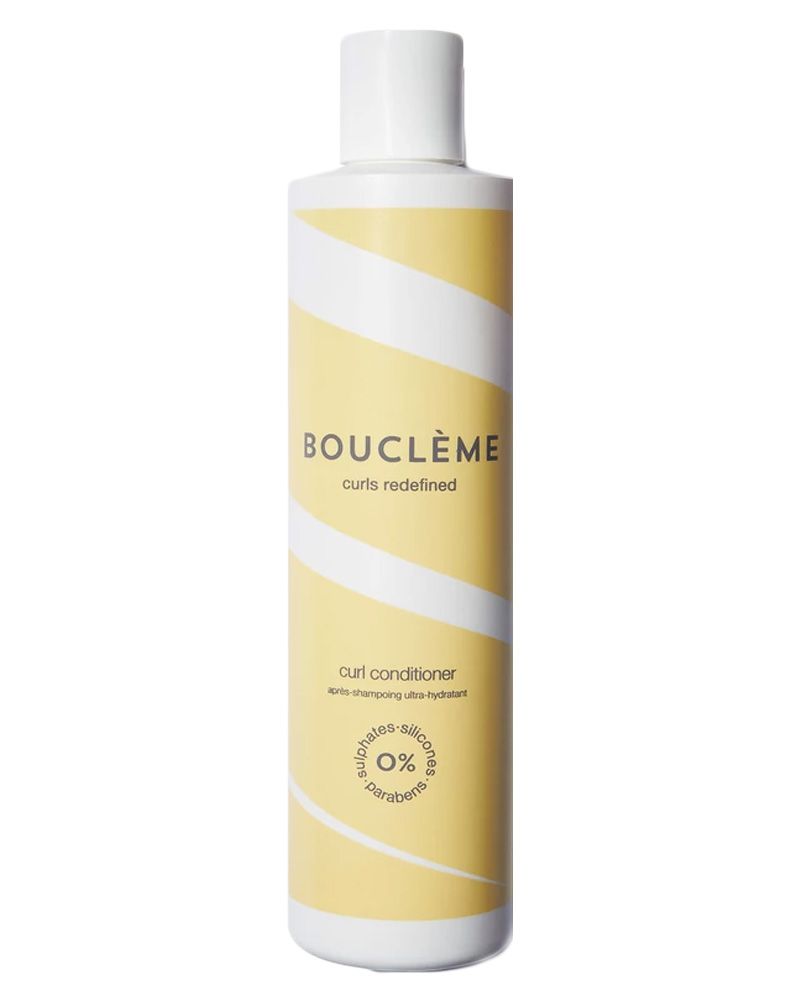

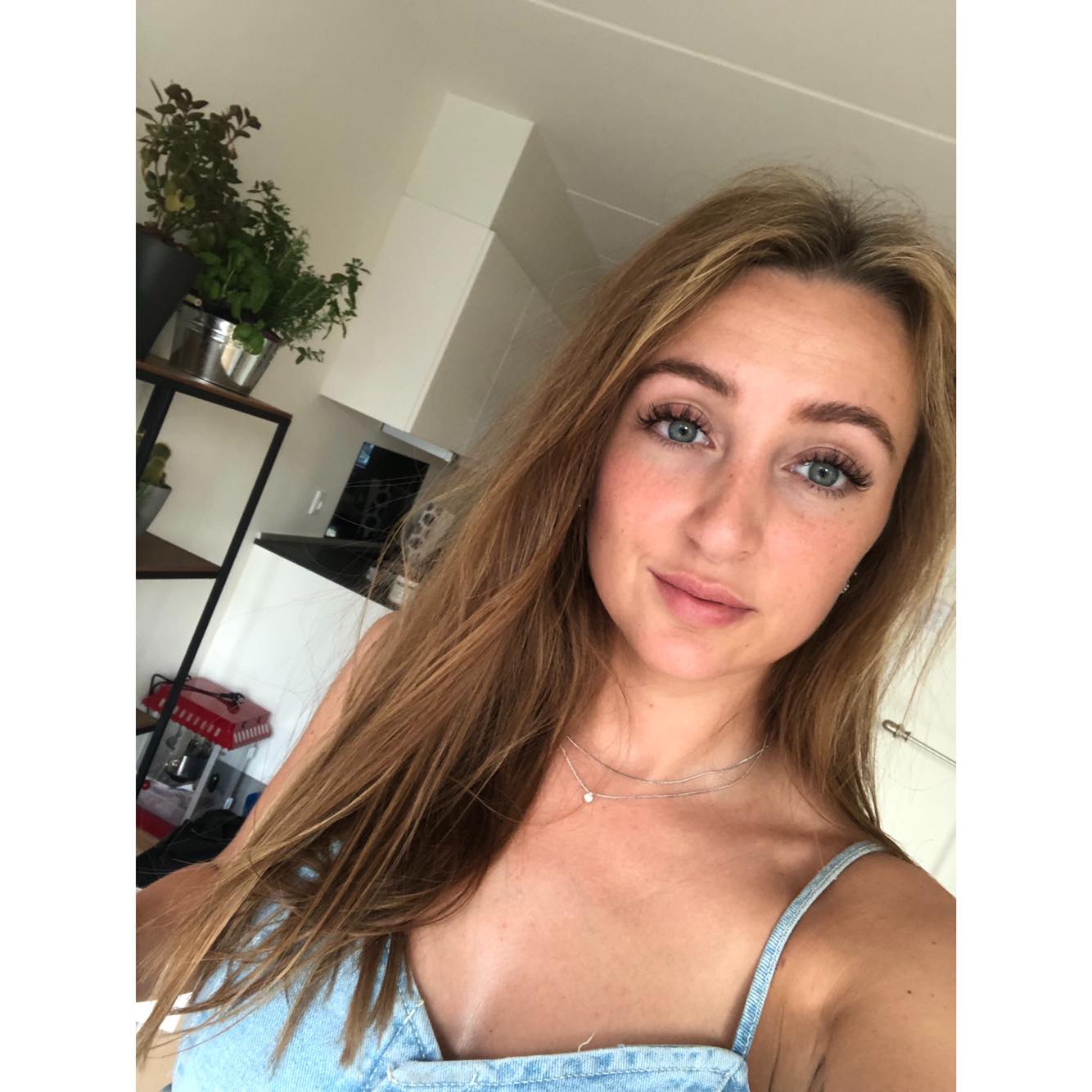





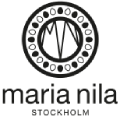







Validate your login
Sign In